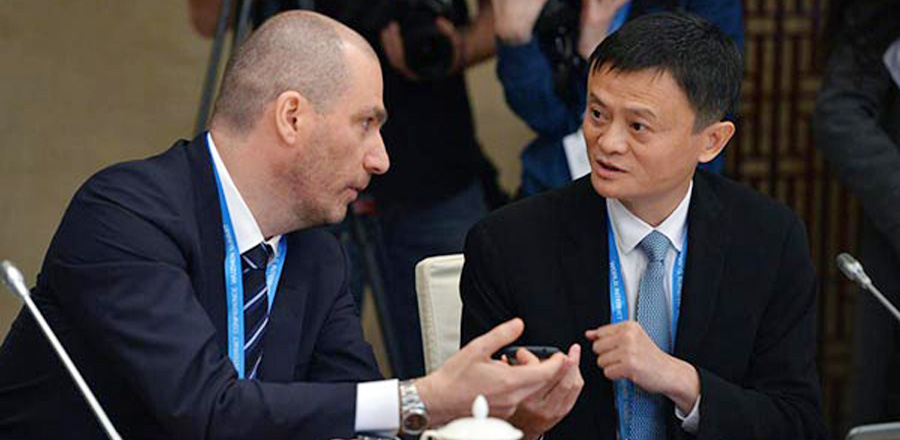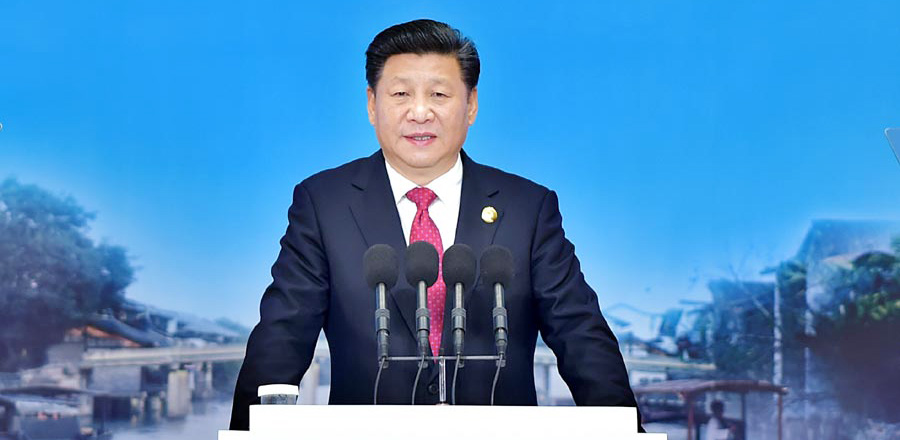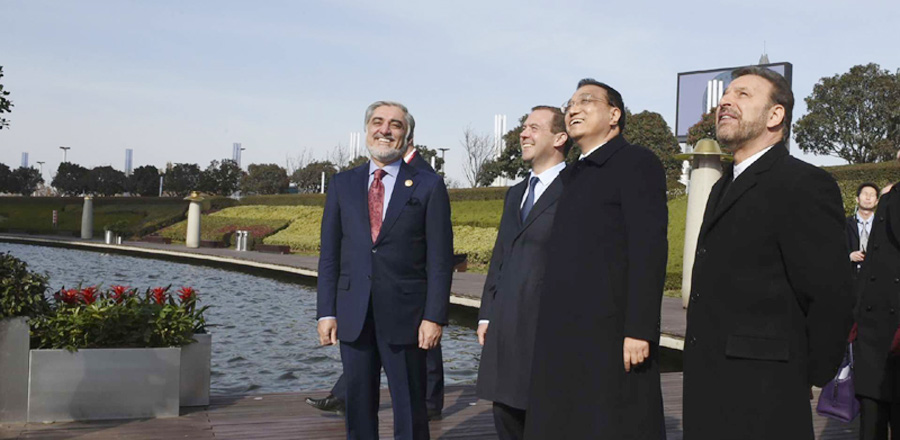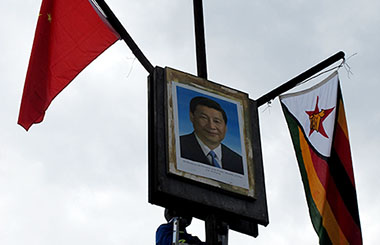
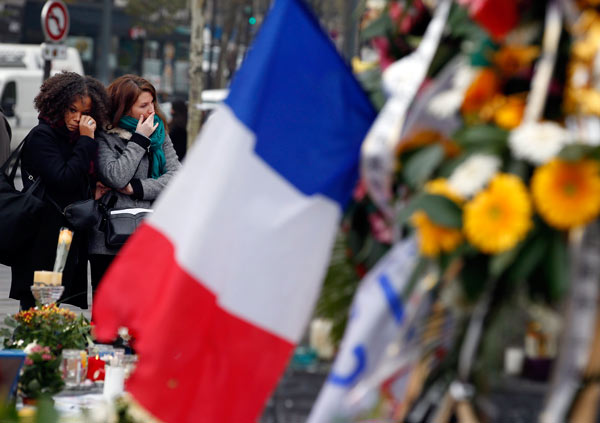 |
|
Two women cry as they pay tribute to the victims of Paris attacks at the Place de la Republique in Paris, France, Nov 27, 2015. [Photo/Agencies] |
BEIJING - The world has been overshadowed by terrorist threats as never before this year as various terror groups and their loyalists made headlines everywhere, especially in Paris and across the Atlantic in France's strong anti-terror ally, the United States.
The number of victims in the Paris attacks is the biggest of terror activity in the modern history of France and the second-largest in Europe after the Madrid attacks. Its perpetrator, the Islamic State (IS), said in a statement that it was just the beginning.
Shortly after the Paris carnage took 130 lives, 14 people were killed in a shooting rampage in San Bernardino, California by a couple, who later proved to have long been radicalized.
The world's governments and parliaments scrambled to make decisions despite being overcome by shock and anger, and many feared further blood-shed of their peoples as experts pointed to "qualitative changes" in the terrorists' strategy.
The traditional top centers of the IS are Syria and Iraq, and its second center is in Libya, said Diaa Rashwan, head of Cairo-based Al-Ahram Center for Political and Strategic Studies.
It had not been in the interests of the IS to focus on enemies far away since it is seeking territorial advancement with the purpose of founding a state, as its name suggests, said Rashwan.
However, the Paris attacks represent a qualitative change in the IS strategy, Rashwan pointed out.


